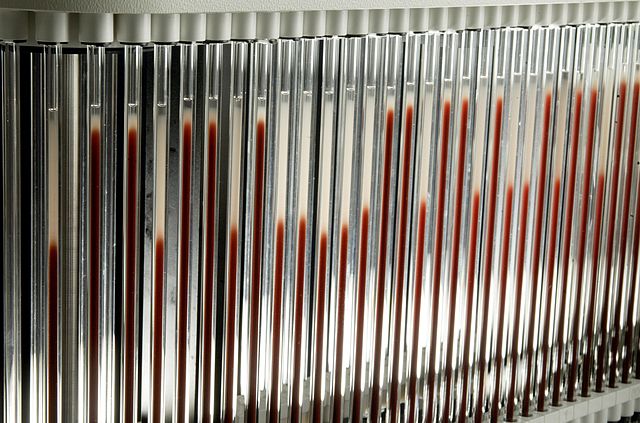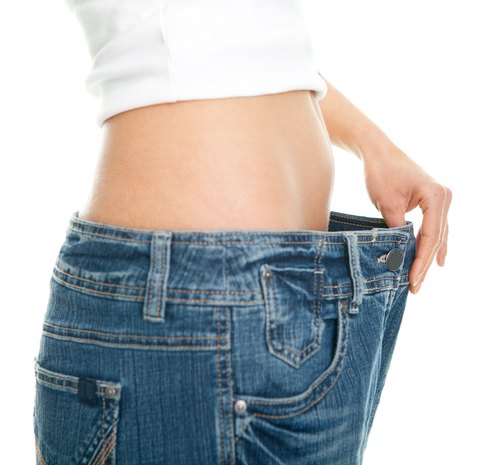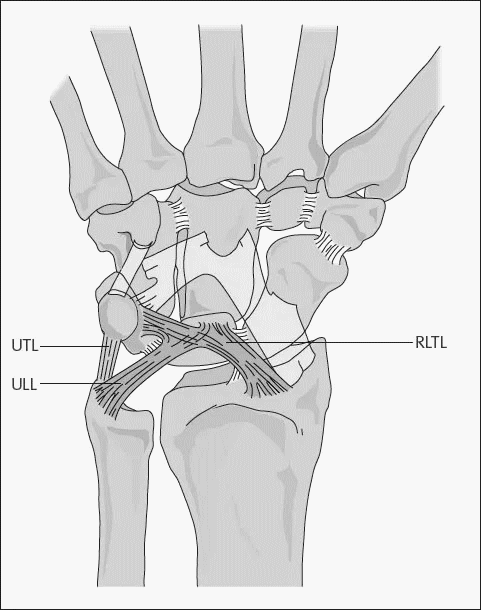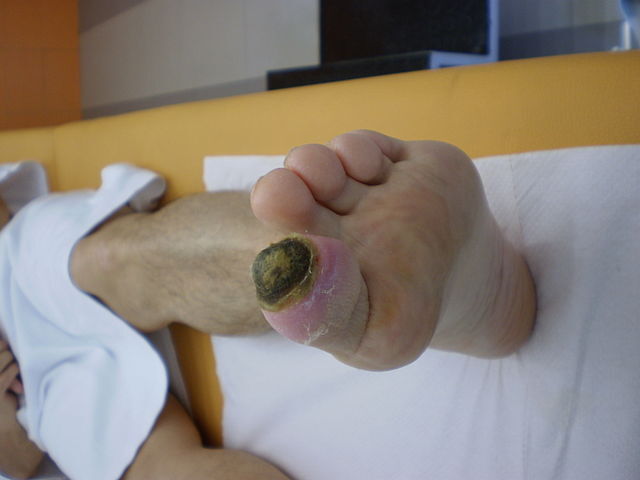Definition of Diabetic foot According to the WHO and International Working Group on the Diabetic Foot (IWGDF), diabetic foot is defined as the foot of diabetic patients with ulceration, infection and/or destruction of the deep tissues, associated with neuropathy and/or peripheral artery disease in the lower extremity of a person…
Author: Epomedicine

Maximum Normal ESR and CRP for age and gender
Age and gender plays should be taken into account when interpreting the values of ESR and CRP. The maximum ESR value is limited by the length of the Westergren tube (usually 120 mm), but the CRP has no upper limit. Miller formulae for calculating maximum normal ESR in Adults ESR…

Surgical Site Infection (SSI) : CDC Definitions Simplified
Superficial Incisional SSI Stab wound, pin site infection or stitch abscess alone is not considered an SSI. a. Time: Occurs within 30 days after any operative procedure (where day 1 = the procedure date) AND b. Site: Involves only skin and subcutaneous tissue of the incision AND c. Infection: At…

Why are Qualifications in Modern Health Systems More Important Than Ever?
During 2020 and now going into 2021 the world is seeing one of the biggest dangers to public health for generations. Across the world, healthcare infrastructure is struggling to cope with unprecedented demand and in many countries, it is literally buckling. Modern systems are nothing without the right professionals to…

What is the average recovery time for non-surgical fat removal procedures?
Medical spas and medical beauty treatments are extremely popular and becoming more so every year as new innovations arrive. Previously if someone wanted to undertake a procedure to improve their appearance or reduce unwanted fat they would be looking at a surgical procedure. With surgery comes inherent risks. Any time…

Cardiovascular Self-Medication: Sports! (4 Proven Exercises)
A sedentary lifestyle is one of the major risk factors for cardiovascular disease, the leading cause of morbidity and mortality across the planet. Therefore, it goes without saying that being active is part of good heart health. Physical exercise, like rowing, gives an excellent cardiovascular workout. Basically, it strengthens your…

Wrist Ligaments
a. Interosseous: Extend deeply, directly between two bones Radioscapholunate (RSL) aka Ligament of Testut (neurovascular conduit to SL ligament) Scapholunate (SL) and Lunotriquetral (UL) – volar, dorsal and proximal fibrocartilaginous membrane components Capitohamate (CH) b. Palmar-proximal V: Converge as an “upside-down V” from the radius/ulna to lunate Radio-luno-triquetral (RLT) –…

Do air purifiers filter and kill viruses and bacteria?
Clean air is something that is very important. There are so many different pollutants in the air that we breathe, along with other things such as germs and dust, and these can affect us in a number of ways. Long term exposure to polluted air, such as that which can…
